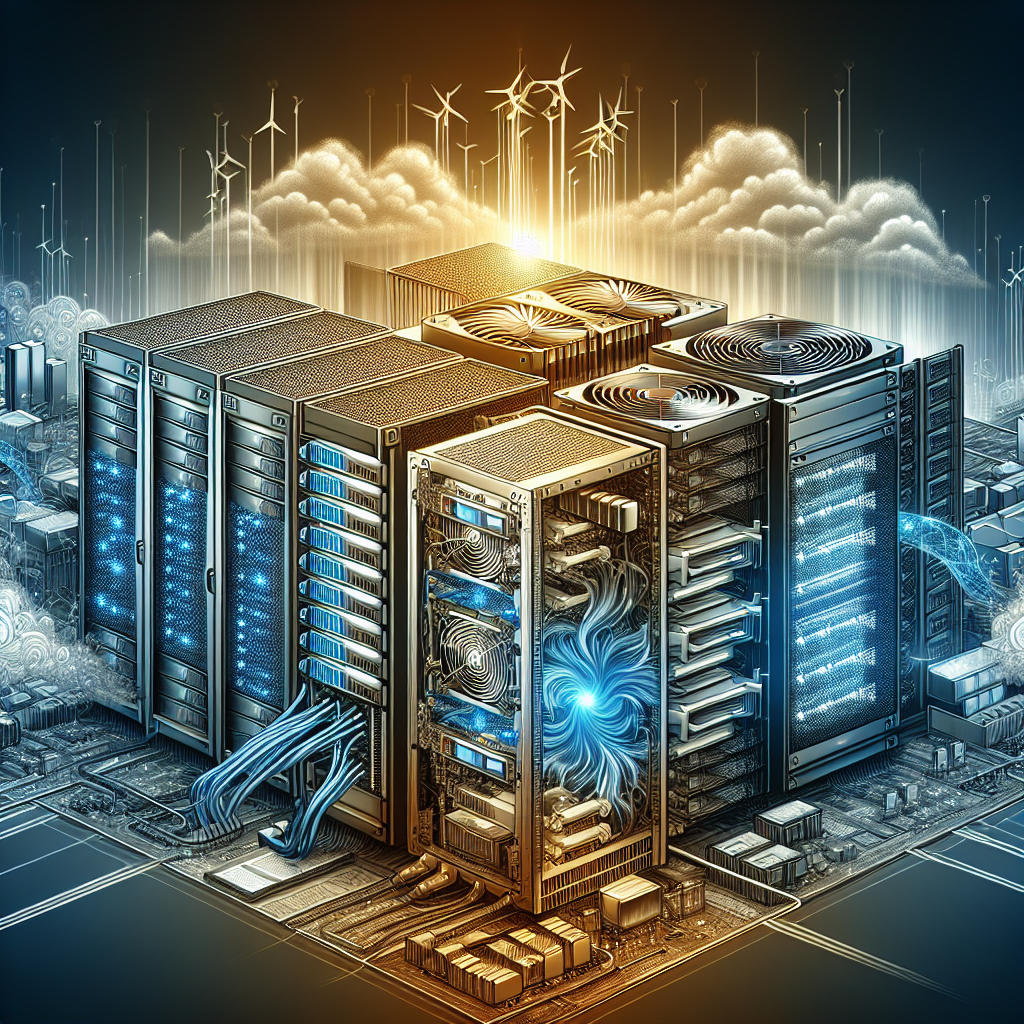Data centers are the backbone of modern computing, serving as the central hub for storing, processing, and managing data for businesses and organizations. With the rapid advancement of technology, data center servers are constantly evolving to meet the increasing demands for speed, efficiency, and scalability. In this article, we will explore some of the emerging technologies in data center servers that are set to revolutionize the way we store and process data.
One of the most exciting developments in data center servers is the rise of edge computing. Edge computing moves data processing closer to the source of the data, reducing latency and improving performance. This is particularly important for applications that require real-time data processing, such as autonomous vehicles and smart cities. By distributing computing resources closer to the devices generating data, edge computing can help reduce the load on centralized data centers and improve overall network efficiency.
Another key trend in data center server technology is the increasing adoption of software-defined networking (SDN) and network function virtualization (NFV). SDN allows for greater flexibility and control over network traffic, while NFV enables the virtualization of network functions such as firewalls and load balancers. By decoupling network functions from hardware, organizations can achieve greater agility and scalability in their data center networks, leading to improved performance and cost savings.
In addition to edge computing and SDN/NFV, data center servers are also benefiting from advancements in hardware technology. One such innovation is the use of accelerators such as graphics processing units (GPUs) and field-programmable gate arrays (FPGAs) to offload compute-intensive tasks from traditional CPUs. These accelerators can significantly increase the performance of data center servers, making them ideal for high-performance computing workloads such as artificial intelligence and machine learning.
Furthermore, the adoption of containerization and microservices architectures is reshaping the way applications are deployed and managed in data centers. Containers allow for lightweight and portable application deployment, making it easier to scale and manage applications across multiple servers. Microservices, on the other hand, break down applications into smaller, independent components that can be deployed and updated independently, leading to greater agility and faster time-to-market for new services.
As data centers continue to evolve, it is important for organizations to stay abreast of the latest trends and technologies in data center servers. By embracing emerging technologies such as edge computing, SDN/NFV, accelerators, containerization, and microservices, businesses can optimize their data center infrastructure for greater performance, efficiency, and scalability. In an increasingly digital and data-driven world, staying ahead of the curve in data center server technology is key to maintaining a competitive edge in the marketplace.


Leave a Reply